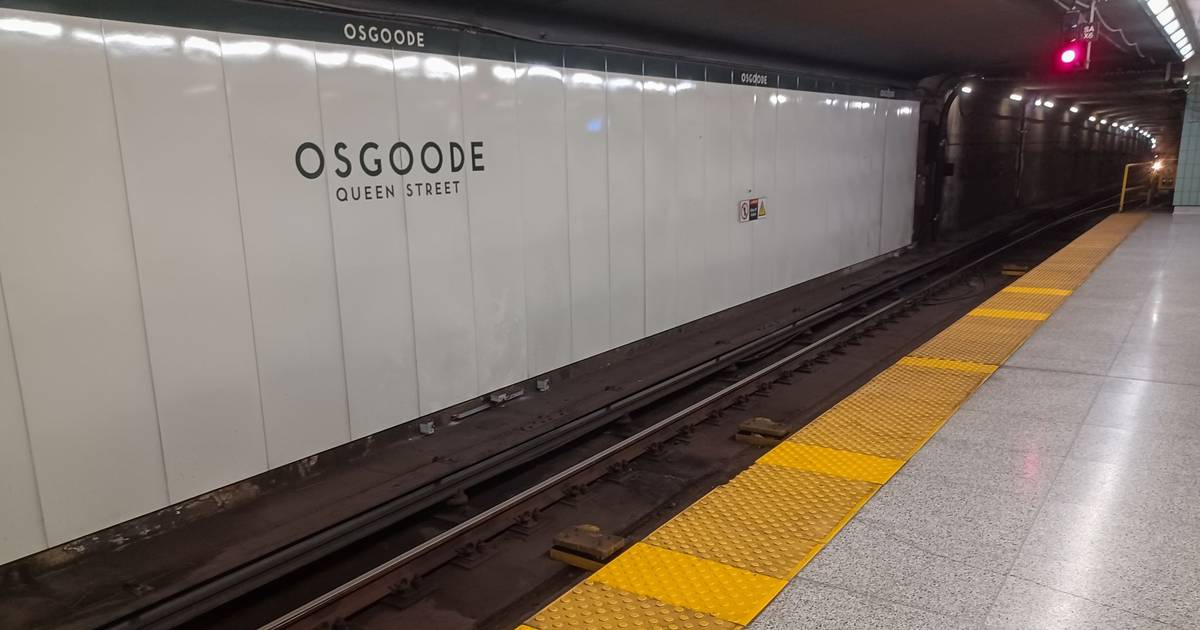Toronto’s homelessness crisis is deepening, and new numbers show just how urgent things have become.
The City’s latest Street Needs Assessment, which captures a snapshot of homelessness across the city, was conducted in October and finalized last spring.
The survey revealed that more than 15,000 people were experiencing homelessness in Toronto in October 2024, more than double the number counted in April 2021.
While the numbers are sobering, City staff say they’ve started to see a slight drop in the months since, driven by a slowdown in new refugee claims, fewer encampments, and more people moving into permanent housing.
One of the most significant shifts since 2021 has been the sharp increase in refugee claimants utilizing the shelter system, now accounting for over half of the population surveyed, up from just 13% just three years ago.
The study also shows that homelessness is disproportionately affecting specific communities: 58% of respondents identified as Black, and 9% as Indigenous, significantly higher than their share of Toronto’s overall population.
The majority of people surveyed reported dealing with a mental illness, a physical illness or medical condition, or a substance use issue.
When asked what could have helped them avoid homelessness in the first place, many pointed to more affordable housing options, better support accessing tenant rights, and help with employment or education.
The key findings of the Street Needs Assessment
- On October 23, 2024, 15,418 people were experiencing homelessness, compared to around 7,300 in April 2021.
- 12,304 people were staying in Toronto’s shelter system or taking part in triage and bridging programs.
- Out of the 12,304 in the shelter system, 6,350 were refugee claimants.
- 58% of those surveyed identified as Black, despite the Black population comprising only 10% of Toronto’s overall population.
- 9% identified as Indigenous, despite making up only 3% of the city’s population.
To address the growing need, the City plans to establish up to 20 new, smaller-scale shelter sites across Toronto over the next decade.
Seven locations have already been selected, and the remaining ones will be announced later this year. These new shelters are expected to save millions compared to hotel-based shelters, while better meeting people’s needs.
The City says that Toronto currently provides more shelter beds per capita than any other Canadian city. Since 2021, the system has expanded by 60%. In 2023 alone, over 4,300 people were housed, and 25,000 outreach visits were made to people living outdoors.
To improve decision-making, the City will now conduct its Street Needs Assessment annually, rather than every few years, and use the results to inform its upcoming five-year plan to address homelessness.
Housing will be at the core of the City’s approach. In 2024, around 6,600 affordable and rent-controlled homes were approved. Under the HousingTO Action Plan, Toronto says it’s pushing harder than ever to build more, protect what already exists, and help renters stay housed.
You can read the full results of the survey here.
Love this? Check out our Narcity noticeboard for details on jobs, benefits, travel info and more!
AI tools may have been used to support the creation or distribution of this content; however, it has been carefully edited and fact-checked by a member of Narcity’s Editorial team. For more information on our use of AI, please visit our Editorial Standards page.













